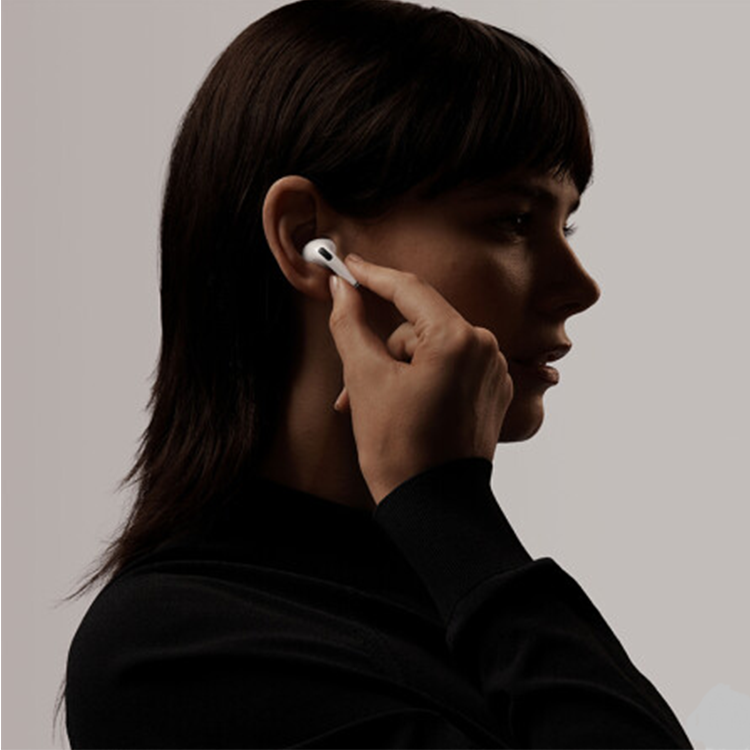2017 has driven the VR industry in countless ways, including making it aware that audio is absolutely critical to the VR experience.
Gorillaz's "Saturnz Barz" 360-degree video and Lytro's "Hallelujah" experience and other well-known VR works focus on the listening experience. The sound effect is not only a clue for gradually advancing the auditory experience, it can completely change the VR adventure and can even affect the entire story line.

The industry will embrace object-based audio in various types of experiences
Just as a 360-degree camera can capture the entire 3D scene from a single point, an Ambisonics microphone can describe an audio snapshot in a 360-degree scene at a given time. Ambient stereo signals are ideal for transmitting the general environment, but it is difficult to accurately position the mono sound. This shortcoming has plagued audio engineers for quite some time.
Since the beginning of this year, more audio engineers have begun to use object-based audio and scene-based audio to create a more realistic listening experience. Object-based audio refers to the monophonic sound captured by a lapel microphone; and scene-based audio refers to the general sound layer captured by an Ambisonics microphone. In physical reality, you can hear sounds that are close to you or important to you (object-based audio), while others are perceived as background sounds (scene-based audio). The combination of object audio and scene audio has become an industry standard for VR audio workflows only a matter of time.
Because of the ease of post processing of monophonic sounds, object-based audio provides content creators with more creative content (we can imagine a comparison between a single original element and a large, messy sound combination). In addition, object-based audio perfectly fits 6 degrees of freedom VR content, and this content is becoming more and more popular.
6-DOF content is like a game. A character can move around in space and interact with objects in the environment. When the character performs any such activity, the sound needs to change accordingly. Object-based audio is actually already used in 3D game engines because it can better locate sounds in games and can easily express changes.
2. More companies will embrace spatial audio, and high-quality VR content will also appear
Space audio is the key to delivering a realistic VR experience. The spatialized sound source provides three-dimensional location data, allowing the user to feel that the sound is really coming from these sound locations. For now, YouTube and Facebook are the only known player platforms that support spatial audio.
The limitation on the number of distribution platforms has greatly reduced the enthusiasm for content creators to fully embrace spatial audio in production. However, as people become more aware of the importance of sound, the renderer or player will eventually support spatial audio. When the video podcasting site Vimeo launched Vimeo 360 in March to support 360-degree content, a large number of requests from users included the desire for spatial audio capabilities, and the official help page indicated that they plan to support spatial audio in the near future. It is believed that smaller players and platforms will follow the path of Facebook, YouTube and Vimeo. As user standards for VR content quality continue to rise, spatial audio will become popular.

There are many factors that prevent the distribution platform from adopting spatial audio, mainly due to the lack of specialized VR audio formats and compatible renderers. As the industry increasingly focuses on object-based audio, simple environmental stereo will gradually fade out of the stage.
In order to unify the spatial audio workflow, we saw the emergence of the GAO format early this year. The GAO format was developed by G'Audio Lab, a space audio company based in Los Angeles, USA, which integrates stereoscopic objects and environments into single and stereo signals.
Brooklyn Earick, director of commercial development at G'Audio Lab, said: "A lot of people watched our demos. When they saw the parts of the sound that were spatialized and communicated in the ambient stereo format, they Usually start to smile. Then when seeing the GAO part, many people will inadvertently rise with surprises." Because GAO is equipped with a compatible renderer SDK, different sized platforms will be able to use spatial audio more easily.
The creator will explore post-production and create a new listening experience
VR audio has been visually accurate with corresponding sound matching, and the next stage of development will be to explore exciting new technologies in post-production and bring all the potential of VR into full play.

Voice is not just a narrative clue to guide the VR user's line of sight. In some new use cases, you can actually hear specific sounds in the same experience if you like.
This new wave of sound is not only a part of current technological progress. In many cases, this will give way to a revolutionary new form of entertainment. For artists, the virtual canvas expands the physical dimension in real life by 360 degrees horizontally and vertically. Musicians can now play "virtual positions" and then combine traditional considerations of pitch, loudness, and time. They are also learning how to use human hearing perception and influence these experiences at a deeper level. Some of the psychoacoustics you have experienced in real life can be applied in VR, which makes the experience different on a personal level.
The advancement of VR audio will become the key to optimizing the experience for mainstream consumers and provide the pioneers with the necessary tools for innovative experiences. These three trends still have a long way to go before they reach their goals, but they will help shape the industry in the coming years.
TWS Earphone

TWS Earphone,Baseus Wireless Earphones,Tws Under 1000,Lenovo Ear Buds
Pogo Technology International Ltd , https://www.wisesir.net